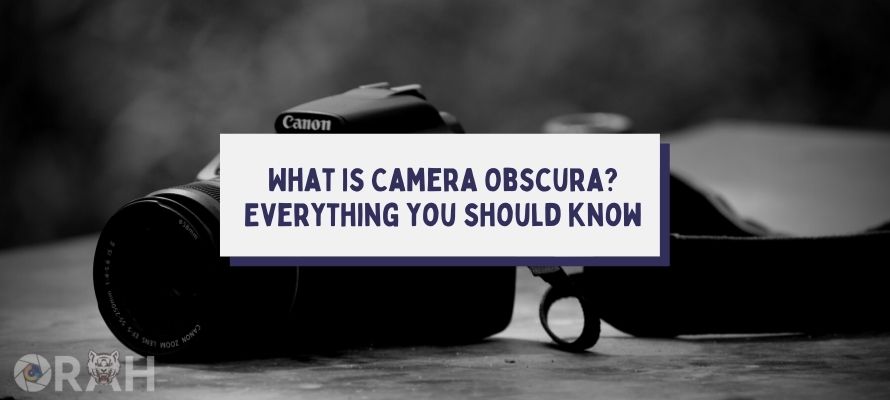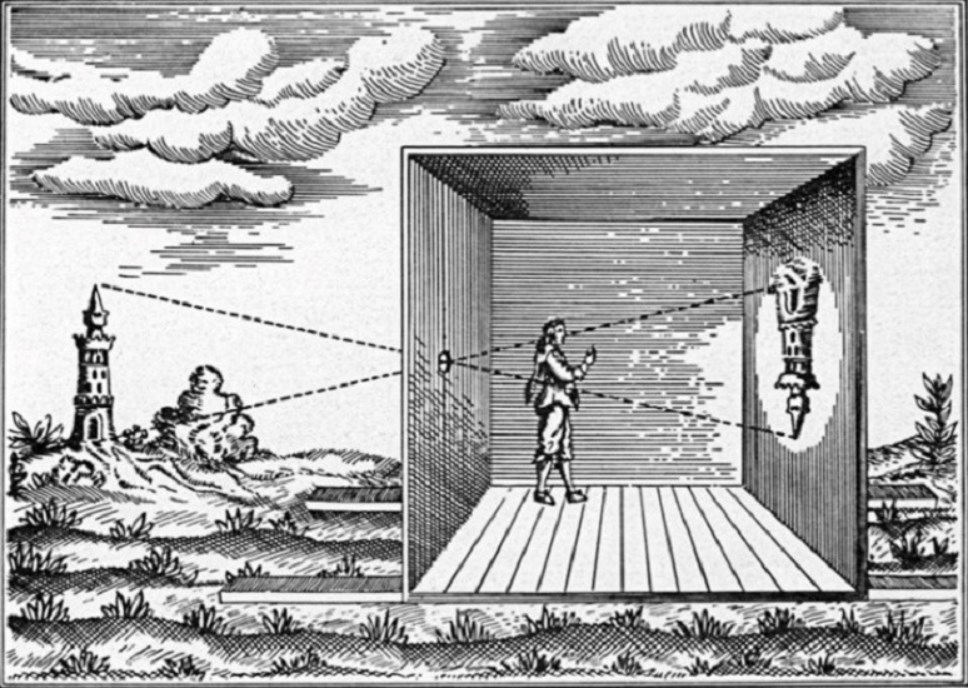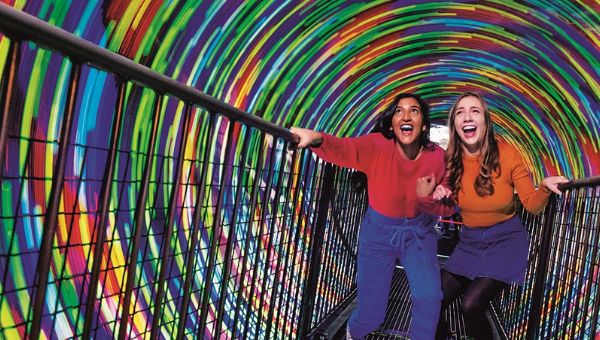
We all can agree over the fact that cameras and photography have come a long, long way from where they started, and for all the good reasons, to be honest.
We are no longer in the time when you would have to wait days, if not weeks, to get the pictures you want. These days, everything is available readily and with ease.
With that said, a lot of people ask us what is camera obscura? Surely, the term does look confusing and not something from the modern-day age but do not worry, as, in this post, we are going to go ahead and figure this out for you.
What Is A Camera Obscura? How It Works?
Now, it is, of course, very important for a lot of people to understand the history of camera obscura and how things work, to be honest. It is not as complicated as you might think, either.
Camera obscura refers to a darkened box with a convex lens or an aperture that is used for projecting the image of an external object onto the screen that is inside. In simpler terms, this is a forerunner of the modern camera.

I do understand that it is almost confusing for some people, but this technology has been around for such a long, long time.
For those wondering how it works, that is simple. When it is bright outside, the light enters through the hole and projects an upside-down image of what the outside world looks like; it does that on the wall that is opposite on the hole.
It almost seems like draconian, but it actually is the reason why we have modern cameras in the first place.
The History of Camera Obscura
Of course, a lot of people do find themselves wondering about the history that is surrounding this fascinating technology that more or less changed the world forever, and it is as exciting as it could possibly get.
The earliest known written account of camera obscura came from a Chinese philosopher named Mo-tzu in 400BC. Mo-tzu noted that the light from an illuminated object that had gone through a pinhole into a dark room managed to create an inverted image of the object that was outside.
Of course, then the camera obscura was actually tinkered with and perfected even further. To point is that it is not something that just one person was responsible for as a lot of individuals worked on improving it independently.
At that time, no one really knew that this fascinating and seemingly odd concept would end up becoming the very foundation on which modern cameras are based.
Edinburgh’s Camera Obscura
One of the best things is that if you are looking to explore camera obscura, you can actually do so in Edinburgh in its full glory. There happens to be a Camera Obscura & World of Illusions, which serves as a tourist attraction that is filled with all sorts of illusions, most of them created using camera obscura.

This place has been around since the 1835 and attracts people from all over the world. If you happen to find yourself in Edinburgh, I would highly suggest that you do not miss this place.
How To Make Your Own Camera Obscura?
Since you have read almost everything there is about camera obscura, the next step that most people would want to take part in. is just how they can create their own camera obscura, and you would be more than happy to know that it is entirely possible, and it is not at all complicated.
You will need the following:
- A box that can easily be closed.
- A sheet of white paper.
- A pair of scissors.
- A pen or pencil.
- A dark-colored, heavy-duty tape.
Once you have gathered all the necessary supplies, the next step is to simply go ahead and start creating the camera obscure.
Thankfully, it is not at all complicated, and there are countless tutorials available for you to check. If you have wanted to go ahead and create something that is different and unique, this is a great way to get started, and you will not regret it at all.
A similar read: What is VR on a Nikon lens? What does VR mean?
When To Use Camera Obscura?
Honestly, this question gets asked around a lot, and there is no definitive answer to that anymore.
No, I am not saying that camera obscura is completely useless anymore or the concept is no longer applicable, but if you have been looking for something that is stellar and gets the job done without any complications, then going for this is excellent, and you should not be having any regrets in the process.
The whole concept of camera obscura is still an impressive one, and especially for the younger generations who are still trying to struggle to understand how things work, it actually is really nice and should never be overlooked.
Wrap-Up:
While I do understand people showing hesitation over camera obscura and how it is still relevant, you have to understand that it is still something that we have to thank because, without its existence, we would not have gained access to the lovely camera technology that we have.
Frequently Asked Questions (FAQs)
Q1- What is the point of a camera obscura?
Answer: So many people are unaware of this, but camera obscura is something that has been around for the longest time, and it is the concept on which modern cameras are based in the first place.
Q2- When was the camera obscura used?
Answer: Before the invention of technology that we now know as the camera, camera obscura or pinhole cameras were all the rage, and well, you would be surprised to know the applications.
Q3- How did artists used camera obscura?
Answer: Artists simply created these camera obscuras and used them to project the image to the dark room for people to see.
I do understand that this might not be something that would be exciting to experience, but in the old days, it was all the rage.
Q4- Why does a camera obscura invert the image?
Answer: The light passing through the small hole projects the image of the scene that is outside the box on the surface that is opposite to the hole. Since light moves in a straight line through the hole, the projected image ends up being flipped upside down or inverted.